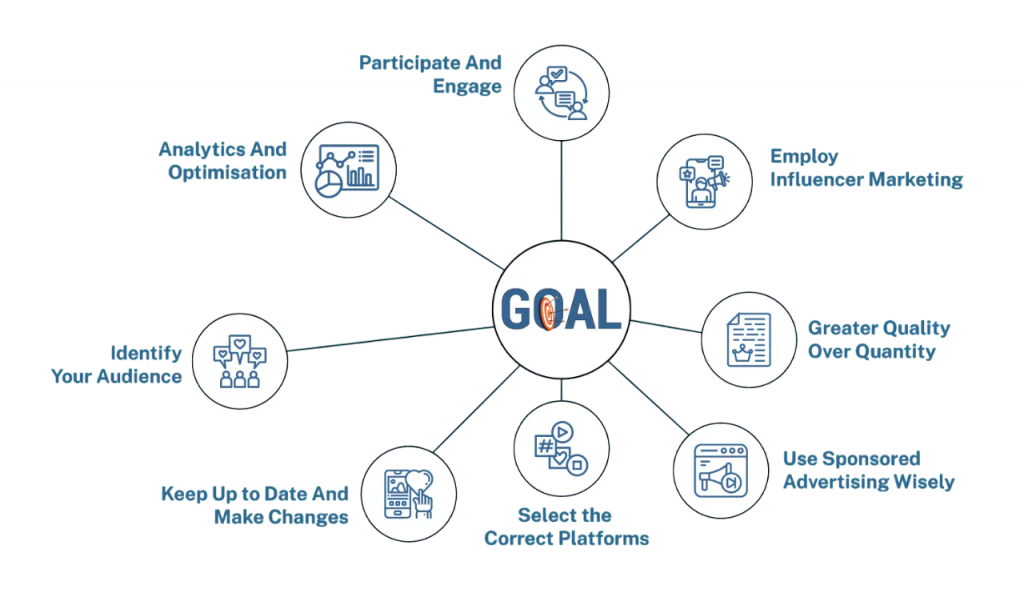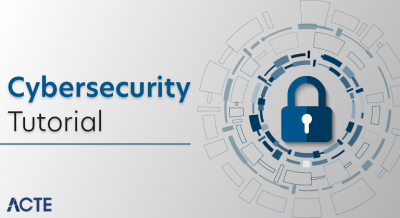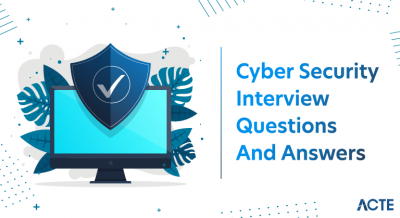
- Why a Strategy is Important
- Setting Social Media Goals
- Researching Your Audience
- Choosing the Right Platforms
- Content Planning & Calendar
- Types of Content (Posts, Stories, Reels)
- Tone and Branding
- Engagement & Community Management
- Conclusion
Why a Strategy Is Important
In today’s hyper-connected digital landscape, having a social media content strategy is essential rather than optional. Without one, brands often post inconsistently, confuse audiences, and miss meaningful engagement. A robust strategy helps align your social media efforts with broader business goals such as brand awareness, lead generation, or customer retention. It provides a roadmap for creating, publishing, analyzing, and optimizing content. It ensures every post has purpose, Digital Marketing Training tone remains consistent, and your brand narrative is coherent across channels. By strategizing upfront, you avoid impromptu or reactive social efforts, ensuring efficiency, cohesiveness, and measurable outcomes.A strategy is important because it provides a clear sense of direction and purpose, guiding individuals or organizations toward their long-term goals. It helps focus efforts and resources on the most important priorities, ensuring that actions are aligned and efficient. With a solid strategy in place, decision-making becomes easier, as choices can be evaluated based on how well they support the overall objectives. Strategy also enables better adaptability, allowing for thoughtful responses to changes in the environment or market. Most importantly, it offers a way to measure progress and success, helping to track performance and make necessary adjustments. In essence, a well-developed strategy serves as a roadmap that turns vision into actionable plans and meaningful results.
Ready to Get Certified in Digital Marketing? Explore the Program Now Digital Marketing Online Training Offered By ACTE Right Now!
Setting Social Media Goals
Every strategy begins with clear, measurable goals. These should be Specific, Measurable, Achievable, Relevant, and Time-bound also known as SMART goals. Examples include acquiring 1,000 new followers in three months, Digital Marketing Project increasing referral traffic by 30%, or boosting social media–driven conversions by 20%. Goals help you select appropriate platforms, content formats, and KPIs to track.

They also enable milestone evaluations such as monthly or quarterly reviews to see whether your approach is working, and help justify resources or budget allocation to stakeholders based on demonstrable ROI.Setting social media goals is essential for creating a focused and effective online presence. Clear goals help define what you want to achieve and guide your content, engagement, and overall strategy. These goals should align with your broader business or personal objectives whether that’s increasing brand awareness, driving traffic to a website, generating leads, or building a community. Using the SMART framework (Specific, Measurable, Achievable, Relevant, and Time-bound) ensures that your goals are realistic and trackable. For example, a SMART goal might be to grow your Instagram following by 20% in three months by posting consistently and engaging with your audience. Tracking your progress with analytics tools allows you to evaluate what’s working and make adjustments when needed. In short, setting well-defined social media goals provides direction, improves performance, and helps you make the most of your time and effort online.
Researching Your Audience
Researching your audience is a critical step in any successful social media or marketing strategy. It helps you understand who your audience is, what they care about, and how they behave online. Knowing your audience allows you to create content that resonates, choose the right platforms, and engage more effectively.
Key points to consider when researching your audience:
- Demographics: Age, gender, location, occupation, income level, etc.
- Interests and Preferences: What topics, hobbies, Digital Marketing Skills or trends are they interested in?
- Online Behavior: Which platforms do they use most? When are they most active?
- Pain Points and Needs: What problems are they trying to solve? How can you help?
- Engagement Patterns: What type of content do they interact with (videos, memes, blogs, etc.)?
You can gather this information through social media insights, surveys, polls, competitor analysis, or tools like Google Analytics and Facebook Audience Insights. Understanding your audience ensures your content is relevant, your messaging is clear, and your marketing efforts are more likely to achieve results.
Choosing the Right Platforms
- Know Your Audience: Understand who your audience is and which platforms they use most. Match platform demographics to your target group for better engagement.
- Content Type Compatibility: Choose platforms that best support your content format (video, image, text).For example, use TikTok for short videos or LinkedIn for professional posts.
- Align with Your Goals: Select platforms that align with what you want to achieve (e.g., awareness, sales). Different goals work best on different platforms and match them wisely.
- Consider Your Resources: Focus on platforms you can manage consistently with your time and tools.It’s better to do a few platforms well than all poorly.
- Analyze Platform Features: Each platform offers unique tools like stories, ads, or analytics. Latest Digital Marketing Trends Use features that support your content and help boost performance.
- Track and Reassess: Monitor results regularly to see what’s working. Adjust your platform strategy based on performance data.
- Define Your Tone: Choose a consistent voice that reflects your brand’s personality (e.g., friendly, professional, playful).
- Align Tone with Audience: Match your tone to what resonates with your target audience for better engagement.
- Consistent Branding: Use consistent colors, logos, fonts, and style across all platforms to build recognition.
- Reflect Brand Values: Ensure your tone and visuals communicate your brand’s core values and mission.
- Build Trust and Loyalty: A consistent tone and branding create familiarity, helping to build trust over time.
- Adapt When Needed: While consistency is key, adjust tone slightly depending on the platform or context without losing your core identity.
To Explore Digital Marketing in Depth, Check Out Our Comprehensive Digital Marketing Training To Gain Insights From Our Experts!
Content Planning & Calendar
A content calendar helps maintain consistency, variety, and relevance in your posts. It allows you to schedule themes, campaign phases, product launches, seasonal ties, and interactive content. A typical calendar includes dates, platforms, content type (image, video, carousel), captions, hashtags, and post status. Planning ahead helps avoid last-minute content scrambles or inconsistent messaging. It also enables you to balance content types educational, promotional, entertaining, Digital Marketing Training or user-generated. This organized approach allows for coordination with product launches, sales teams, design assets,content format and other departments. Regular review of the calendar ensures alignment with business cycles and allows flexibility for real-time content when opportunities arise.Content planning and creating a content calendar are essential steps for managing a successful social media strategy. Planning your content in advance helps ensure consistency, relevance, and variety in what you share, which keeps your audience engaged and your brand message clear. A content calendar acts as a roadmap, allowing you to schedule posts around important dates, campaigns, and events while balancing different types of content such as promotional, educational, and entertaining. This organized approach also helps you allocate resources efficiently, avoid last-minute scrambling, and track what content performs best. Ultimately, content planning and calendars help maintain a steady flow of meaningful posts that support your overall goals and build stronger connections with your audience over time.
Designing Compelling Emails
Email design plays a crucial role in the success of your campaign. Visually appealing and responsive designs enhance readability and user experience, especially since a majority of emails are now opened on mobile devices. Key elements of effective email design include a recognizable brand logo, a compelling header, an attention-grabbing call-to-action (CTA), and concise content. Use colors and typography that match your brand identity. Keep the layout clean, with enough white space to avoid clutter. Always preview how the email looks on different devices and test it for various email clients (like Gmail, Outlook, etc.) before sending.Designing compelling emails is essential for capturing attention, driving engagement, and achieving your campaign goals. A well-crafted email combines visually appealing design with clear, Types of Content Marketing concise messaging that resonates with your audience. Start with a strong subject line to encourage opens, followed by a clean layout that guides the reader’s eye through the content. Use a consistent brand style colors, fonts, and tone to build recognition and trust. Break up text with visuals, bullet points, and white space to make your email easy to scan. Always include a clear call-to-action (CTA) that tells the reader exactly what to do next, whether it’s visiting your website, downloading a resource, or making a purchase. Ensure mobile responsiveness and test your emails across devices to deliver a smooth experience. Ultimately, compelling email design is about making your message not just seen but acted upon.
Looking to Master Digital Marketing? Discover the Digital Marketing Expert Masters Program Training Course Available at ACTE Now!
Types of Content (Posts, Stories, Reels)
Diverse content types keep audiences engaged and encourage algorithmic reach. Static posts are ideal for evergreen updates, blogs, and announcements. Stories ephemeral content on Instagram, Facebook, and LinkedIn are excellent for behind-the-scenes, polls, quizzes, History of Digital Marketing or time-sensitive updates. Reels and short-form videos are prioritized on platforms like Instagram and TikTok and yield high organic reach. Carousel posts can provide sequential storytelling or tutorials.

Live videos boost real-time interaction. Infographics and UGC (user-generated content) humanize your brand. A combination of formats engages different audience types and keeps your feed visually compelling. Mixing formats also appeals to varied user preferences and maximizes reach through rehearsal across multiple algorithmic pathways.
Tone and Branding
Engagement & Community Management
Social media is a two-way dialogue, not a megaphone. Responding to comments, messages, and mentions fosters stronger community ties. Quick responses to queries or complaints build trust and loyalty. Encouraging user-generated content (UGC), running contests, or reposting customer content boosts engagement. You can create branded hashtags for community sharing. Monitoring tools like Sprout Social, Mention, or native inboxes help track ongoing conversations. A well-managed community becomes a brand’s most loyal advocate base. Guidelines for tone, Types of Social Media response times, escalation processes, and crisis response ensure your team handles engagement professionally and swiftly, improving overall reputation and retention.Engagement and community management are essential for building strong, lasting relationships with your audience on social media. By encouraging interaction through thoughtful content and responding promptly to comments and messages, you show your followers that you value their input and participation. Fostering a sense of community helps create a welcoming space where people feel connected to your brand and to each other. Monitoring feedback allows you to address concerns quickly and learn more about your audience’s needs. Being authentic and respectful in all interactions builds trust and loyalty over time. Using social media management tools can help streamline these efforts, Social Media Content Strategy making it easier to stay engaged and maintain a vibrant, active community.
Preparing for Digital Marketing Job Interviews? Have a Look at Our Blog on Digital Marketing Interview Questions and Answers To Ace Your Interview!
Conclusion
In conclusion, an effective social media content strategy is key to building a strong online presence and achieving your marketing goals. By setting clear objectives, understanding your audience, choosing the right platforms, and planning your content thoughtfully, you can create engaging posts that resonate and drive results. Remember, consistency and adaptation based on insights will help you stay relevant and grow your community over time. With a solid strategy in place, your social media efforts will become more focused, efficient, Digital Marketing Training and impactful.developing an effective social media content strategy is essential for standing out in today’s crowded digital landscape. It begins with clearly defining your goals and deeply understanding your target audience to ensure your content resonates and adds value. Choosing the right platforms based on where your audience spends their time, combined with thoughtful content planning and a consistent posting schedule, lays a strong foundation for success. Additionally, maintaining a consistent tone and branding helps build trust and recognition, while actively engaging with your community fosters loyalty and growth. Don’t forget to regularly analyze your performance data to refine your strategy and stay adaptable to changing trends. By investing time and effort into a strategic approach, you can maximize your social media impact, strengthen your brand, and achieve meaningful, long-term results.




